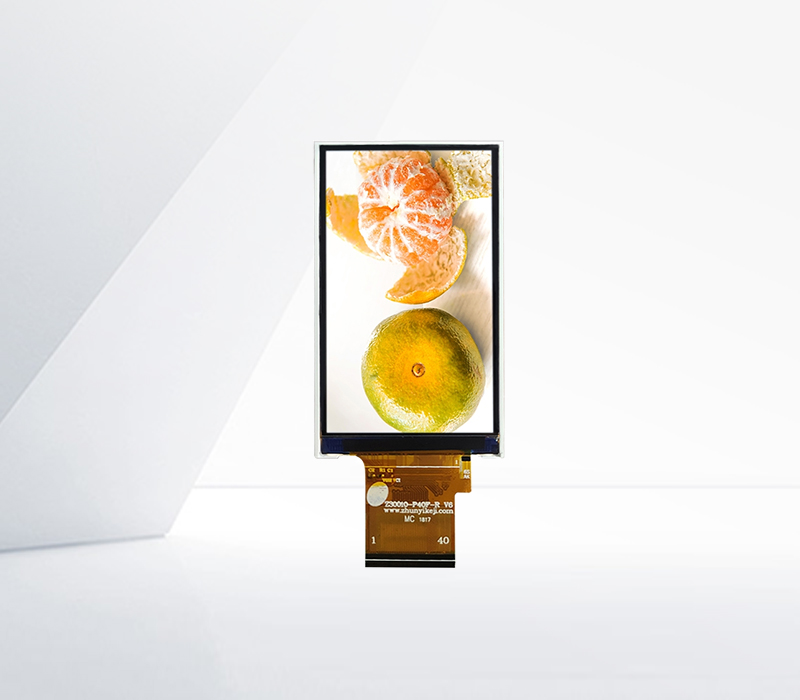




OLED, or Organic Light - Emitting Diode, is not an LCD (Liquid Crystal Display). Although both OLED and LCD are used in modern display devices, they have fundamental differences in their working principles and structures.
LCDs rely on liquid - crystal molecules to control the transmission of light. A backlight source, usually a cold - cathode fluorescent lamp (CCFL) or a light - emitting diode (LED), provides the light that passes through the liquid - crystal layer. The liquid - crystal molecules change their orientation based on the applied electric field, which in turn controls the amount of light that can pass through to create an image.
In contrast, OLEDs do not require a backlight. Each pixel in an OLED display is self - emissive. Organic compounds are used in OLEDs, and when an electric current is applied, these organic compounds emit light directly. This self - emissive property gives OLEDs several advantages over LCDs. For example, OLEDs can achieve true blacks because a pixel can be completely turned off to emit no light. In an LCD, even when the liquid - crystal layer blocks the backlight as much as possible, there is still some residual light leakage, resulting in a less - than - perfect black level.
Another difference is in the response time. OLEDs generally have a much faster response time compared to LCDs. Since OLED pixels can emit and turn off light immediately, they can display fast - moving images with less motion blur. This makes OLEDs more suitable for applications such as high - speed gaming and watching action - packed videos. Additionally, OLEDs are more flexible in terms of design. They can be bent and curved, which opens up new possibilities for innovative display form factors, such as curved smartphones and flexible displays for wearable devices.
